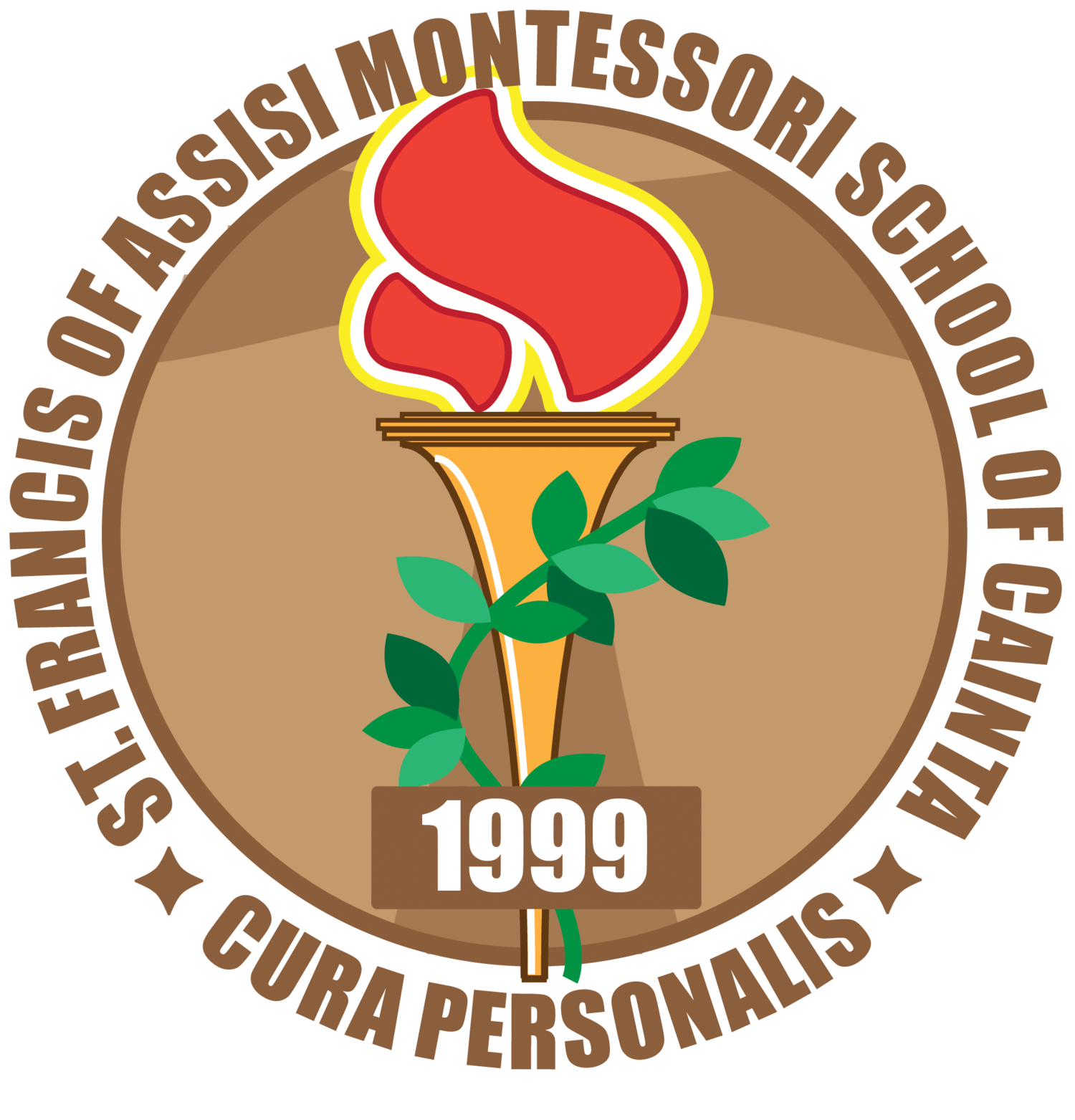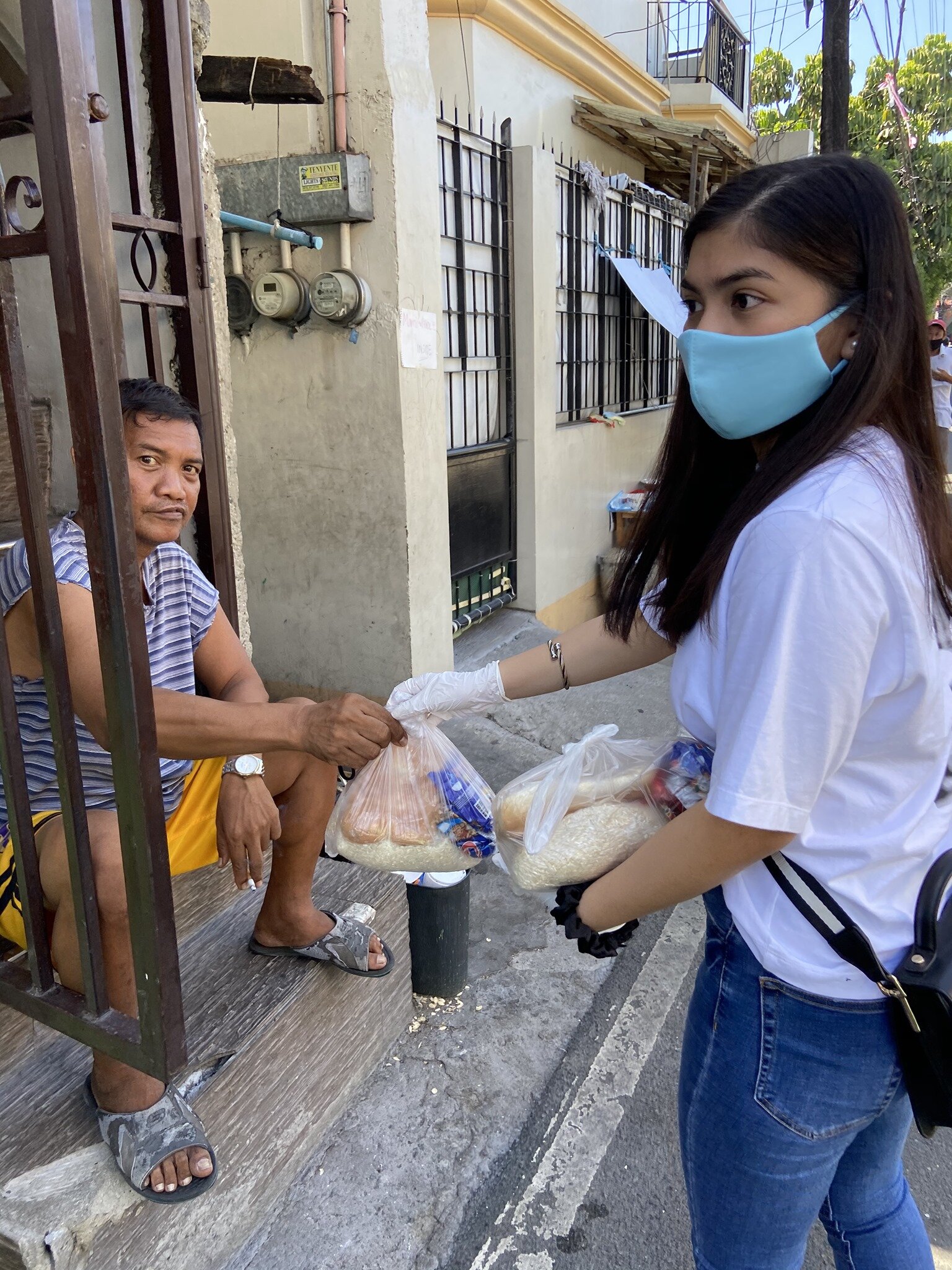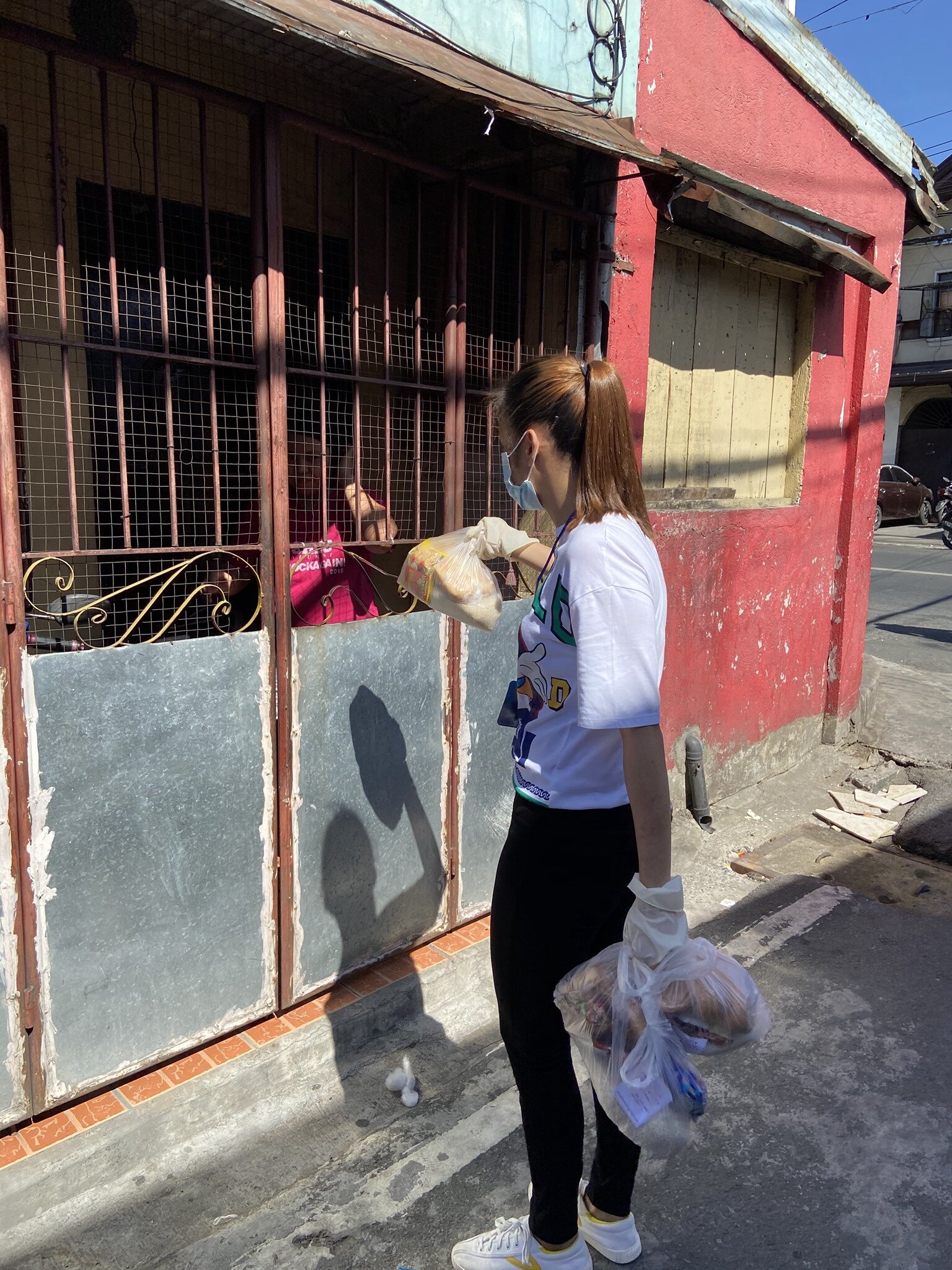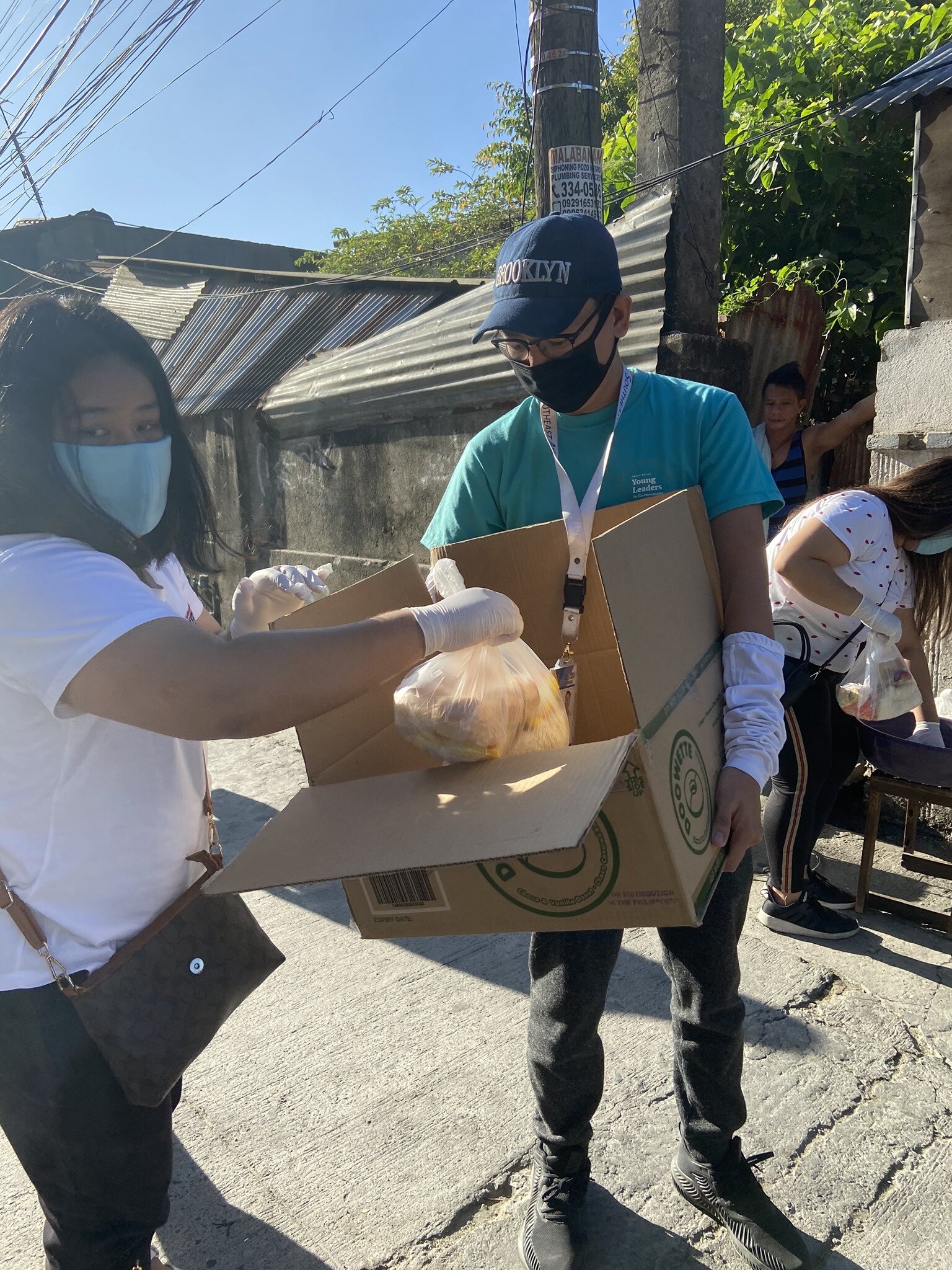As promised, here is a recorded video of a 30-minute online demo class with the Junior High School students. The subject is Araling Panlipunan taught by Teacher Mario of the Junior High School Department. We hope that this will give parents an idea of how our synchronous video conference classes will look and feel like. We will post more videos of other levels soon.
The Essential Devices Your Child Will Need For Online Learning
Here are the following tools that you need to make online learning possible:
1) A good internet connection
2) A headset with mic
3) A laptop or tablet
1) A good Internet Connection
A good internet connection is self-evident. We recommend the following Internet providers because of their reliable service and good internet speeds
Tip: To all our parents who plan to apply for a new internet connection or wish to upgrade their connection, please apply as soon as possible and do not wait. Due to the pandemic, many people are working at home, and many students will be doing online classes. There is a massive demand for new internet connections, and internet service providers cannot keep up. There have been reports it could take up to a month for a company to service you. Our online classes will begin on August 24, so there is still plenty of time, but we recommend that everyone apply as soon as possible. Better too early than too late.
2) A Good Headset
Here is why one should be wearing a good headset with a mic:
The most obvious is the child will be able to hear the lecture and their recitations and questions will be heard loud and clear by the teacher and his/her classmates.
The built-in speakers and mics of most laptops and tablets are usually of poor quality and sometimes challenging to hear. Also, external mics tend to pick up a lot of ambient noise, which could distract the class.
A headset is more ergonomic than earbuds with a mic because earbuds require you to lift and hold the mic near your mouth to be able to be heard clearly, while a headset, the mic is always positioned near your mouth. Headsets keep the students' hands on the keyboard and mouse so that they can focus on their school tasks.
Headsets promote good posture and proper blood circulation because it gives them the freedom to move and sit in any way that is comfortable.
Recommended headsets that even our teachers use :
Budget: Logitech H110 (Php 600) low cost and good quality for its price.
Mid-range: Onikuma K5 Gaming Headset (Php 1,600)
Higher End: Jabra Evolve 20 USB Headset (Php 2,700)
3) A Laptop or Tablet
Laptops
Notebook computers and Tablets are both excellent choices for online learning. Our online systems will work well for both desktop and mobile devices (including smartphones). So whichever gadget your child uses, they can get the full benefit. However, tablets and Personal computers have their pros and cons. Here a quick buying guide for online learning.
Computer Laptops
PROS: Laptops are excellent gadgets for online learning because:
They have built-in keyboards making writing documents and reports more comfortable.
They can easily download documents, save, and transfer them via USB when needed.
It is easier to create presentations, edit documents, manipulate media, cut and paste with a mouse rather than a touch screen. Laptops are designed for productivity.
Easy to add accessories and peripherals such as an external hard disk or mouse.
The Cons for PC Laptops
Notebook PCs are usually more expensive than tablets.
Most budget Laptops have lower-quality screens then tablets, which can be less comfortable to view for long periods.
PC Notebooks are prone to viruses and malware that can slow down the computer or sometimes disable it. Apple computers are less likely to catch viruses but are more expensive.
Minimum Requirements
Any laptop or desktop that can run Windows 10 or Sierra for Macs
Video cam and Mic
Intel i3 Processor (or higher such as Intel i5 or i7. For AMD Ryzen 3 and above). Avoid Celeron CPUS, they are cheap but very slow.
Memory should be at least 4gb of RAM but we recommend 8gb and above.
Storage should be at least 128gb and above
Built-in Video Cam and Mic for online classes
If you are using a headset make sure there is a 3.5mm jack available
Some Budget Laptop Recommendations
Lenovo Idea Pad 330 (16,000 to 20,000 Php depending on specifications)
Asus Aspire 3 or 5 (16,000 to 30,000 Php depending on specifications)
Asus Vivo Book (20,000 to 30,000 Php depending on specifications)
Apple Macbook Air 2017 or 2020 (47,000 to 60,000)
NOTES ON MEMORY
The more memory a computer has, the more applications and programs it can use without slowing down. Most budget laptops come with only 4gb of memory. We recommend asking the computer store to upgrade it to at least 8gb. (additional 1,000 to 1,500 pesos)
NOTES ON STORAGE
Storage is where your computer stores your apps and saves all the files and documents. There are two kinds of storage: Hard Disks and SSD. The hard disk is an older technology. Therefore it is cheaper and has more space but slower. Most budget laptops have 1tb or 1 terrabyte of hard disk. (roughly 1000gb)
The SSD (Solid State Drive) is a little more expensive, it has less space but is very fast. Computers with SSD installed feels much smoother and quicker than computers with hard disks. If your budget can afford it, we suggest you ask your shop to upgrade your laptop to at least a 128gb SSD. (additional php 1,000 to php 1,500)
Storage usually can be upgraded if needed.
Your local computer store usually can help upgrade your laptop for you.
Tablets
We think tablets are better for online education for preschool and grade 1 learners because they are easier to use and manipulate then laptops. Our online education system will require them to draw shapes, write letters, and drag different objects on the screen as part of their video conference school activities. For these activities, it is easier to use a touch screen than to use a mouse and keyboard. Usually, we need a laptop to download schoolwork easily; however, we will supplement our preschool and first graders with modules and answer sheets for their offline school work, so there is no need to download or print anything. Laptops are also excellent for typing long documents, but our preschool and grade 1 will be doing most of their writing on answer sheets from the modules provided by the school. On top of that, tablets are usually more affordable than laptops, making them an excellent choice for parents on a budget.
The PROS of Tablets
More convenient for reading, and watching video lectures
More vibrant and brighter screens than most laptops. Higher-resolution, more vibrant images. More comfortable for prolonged use.
Better performance than most laptops. Mobile devices nowadays usually have more powerful processors than budget laptops.
Lower cost but better build quality
Has dual cameras to easily capture photos and videos of offline projects.
Webcams of most tablets are of better quality than webcams of most laptops.
Our learning system has dedicated apps for tablets.
Less prone to viruses
Smaller, lighter, more convenient to use.
The CONS of Tablets
More challenging to download and save documents.
Editing, typing, copying, and pasting on a touch screen is less convenient. However, you can buy a separate keyboard.
Easier to download games. More temptation
Minimum Requirements of Tablets.
Any tablets not older than 3 years old. Some older tablets can work with our system, but we need to test them first. We will begin beta testing, starting at the start of July. Please stay tuned.
Recommended tablets:
Samsung Galaxy Tab A 10.1 (Php 12K)
HUAWEI MediaPad M5 lite 10.1 (Php 13K)
Apple iPad 2020 (18K)
If you have questions about the specifications of a tablet or laptop you wish to use, please feel free to consult with us through PM or email
An Overview of Our Online Teaching Methods.
Distance learning is a new and novel concept for many of us, so let us explain our teaching set up for this coming school year.
We plan to use a blend of these three methods:
1. Group Video Chat:
We will be using apps like Zoom and other online tools to conduct short lectures, webinars, discussions, recitations, debates, and oral reports. For younger students, video chat can also be used for singing, dancing, exercises, and other fun physical classroom activities. This is synchronous learning - a learning activity in which the teacher and students participate at the same time, just like in a real classroom.
Preschool demo class with Teacher Jean
Junior High School online AP Class with Teacher Mario
Grade 4 online Science Class with Teacher Abie
Grade 2 online Math Class with Teacher Michelle.
Grade 6 online Health Class with Teacher Ellen.
2. Learning Management System:
Is a website that is similar to social media like Facebook but designed for learning. Students can log in to access the lessons, videos, music, charts, slides, photos, assignments, projects, quizzes, and exams that the teacher uploads for their school work. Students can also submit all their schoolwork through the system, and it will track and display all their progress.
This is Asynchronous Learning - learning that does not happen at the same place or same time. The teacher can upload a video lecture and assignment in the morning. While the student can choose to watch the video lecture and answer the assignment in the evening. LMS also gives busy parents the flexibility to help their children with their lessons at any time of the day.
3. Offline Activities and Physical books
We will split the lessons between online and offline study. According to studies, children still learn better through reading books. Offline work will be things like art projects, penmanship assignments, and math solutions. This will also serve as a backup in case of internet outage and brownouts.
We hope this gives the parents an overview of the method we plan to implement. We plan to release videos showing sample classes and demonstrations of the LMS later in June to give you a more detailed look at our teaching method.
We wish you and your family well. May God continue to bless and protect you and your family.
St. Francis Cainta Online and Distance Learning Programs
Dearest Parents, Students, and Guardians of SFAMSC,
Greetings of Love and Protection from St. Francis of Assisi,
Everyone is anxious about the COVID19 crisis and pandemic, especially parents. Although our Department of Education moved the start of school around August, parents are still worried and rightly so. Many of them are saying that they rather delay their children a year than gamble with their lives and health. We agree with them; that is why we will be launching a distance learning program for the students of SFAMSC. In fact, years even before COVID19, we have already been quietly researching distance learning methods because we plan to set up online tutorials in the future. This way, your children will not need to be delayed and can study safely at home while this pandemic passes through our nation.
Not everyone has fast internet or even access online all the time, so we will be using a combination of online teaching and offline homeschooling methods. This way, even if the internet slows down or stops, there are still other ways for them to accomplish their school work.
So more than ever, we will need your cooperation because homeschooling requires more adult supervision than face to face classes, especially for younger students. Perhaps this is an opportunity to bond with your child, or if you are busy because of work, you can assign the child's guardians to assist them in their school work. Regardless of the situation, we will do our best to help you or your child's adult guardian in every step of the way.
If the virus subsides within the school year and it is deemed safe by the authorities, we may be able to resume regular face to face classes and activities.
COVID19 has changed many things in our lives. It has changed how things are done. However, we believe this is temporary because God will never forsake us, and soon, this virus will be eventually be cured and disappear. So let us all be diligent in prayer and strong in our faith.
May the Blessing of Christ, Mercy of Mother Mary, Compassion of St. Francis of Assisi, and the protection of Archangel Michael be with you and your family.
Sincerely,
Ryan Villanueva
President of St. Francis of Assisi Montessori School of Cainta
Thank You Donita for the Trash Can Donation!
We just wish to thank our alumna Donita Mae Manlunas and mommy Nitz f. Manlunas of their donation of two large brand new trash cans to our school. We deeply appreciate your support and thank you for your generous contribution! God bless!
Project Feed Our Community: SFAMSC Alumni Brings Much Needed Relief Goods to the Needy
We wish to commend our SFAMSC Alumni led by Danica Barcelon for providing hundreds of food packs and supplies for poor communities affected by the lockdown due to COVID19.
Danica, along with SFAMSC Alumi, Rita Balubar, China Lorenzo, Esteffany Valle, Roselle Florence Estrada, Michelle Ann Villacorta, and Jan Kymry Cruz initiated "Project Feed Our Community." This is to help households in Taytay and Cainta that haven't receive aid yet. We are very proud of all of you! Thank you for this beautiful act of love and service, you all are truly Franciscans.
The read more about the details of the project, read Danica’s original Facebook post.
St. Francis Cainta Cover Club: Tagpuan by Gaea of Grade 2
The SFAMSC Cover Club proudly presents the very talented Gaea Aisha Shane V. Bungubung of Grace 2 Peace as she sings TAGPUAN by MOIRA. Music teacher Mr. Rodrigo Pellazar accompanies Gaea Asiah Shane on the acoustic guitar.
To watch more videos of our school activities, please follow and subscribe to our regularly updated Youtube Channel!























